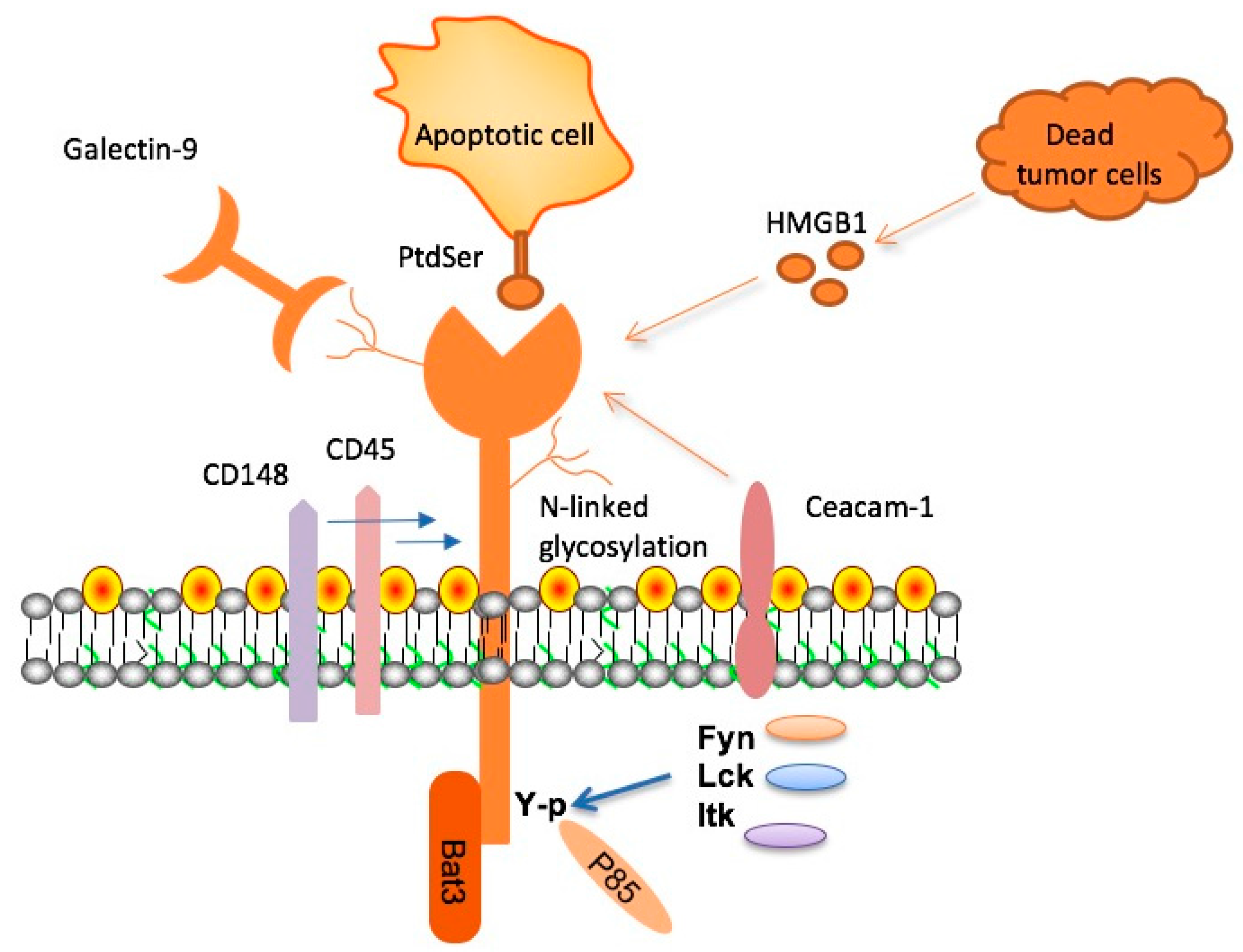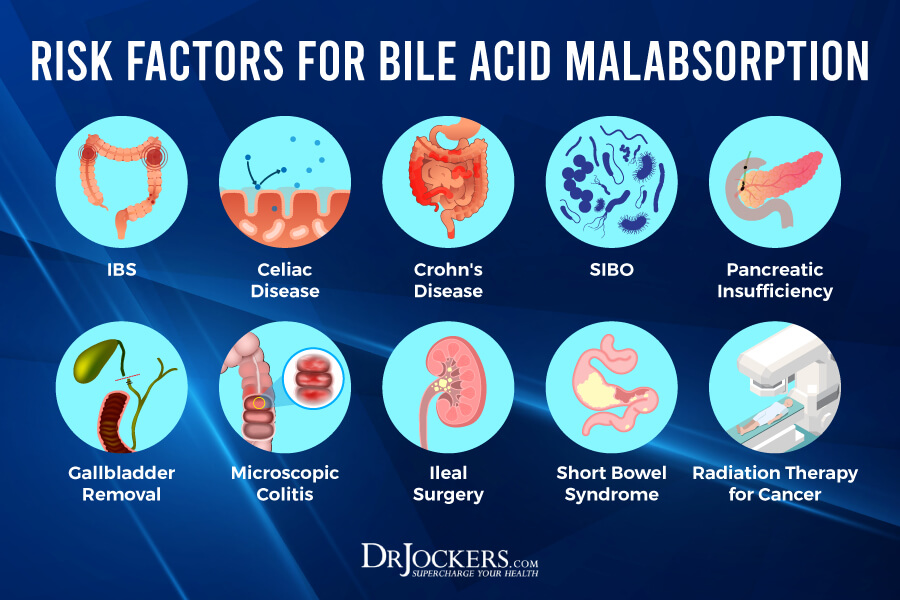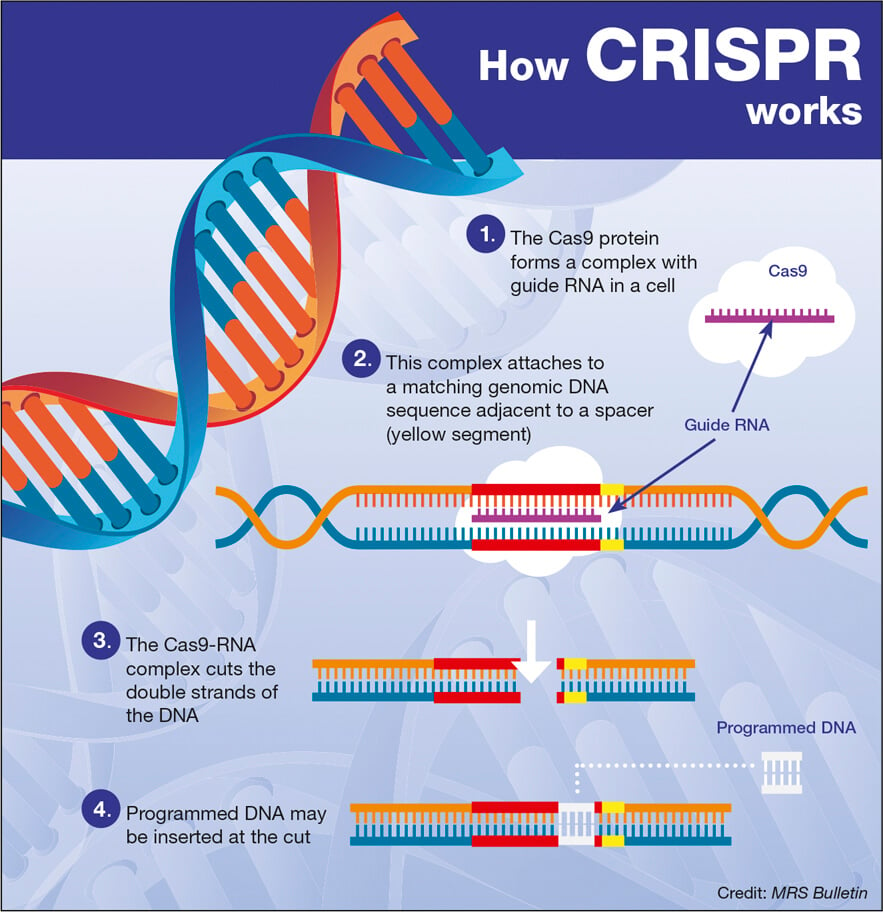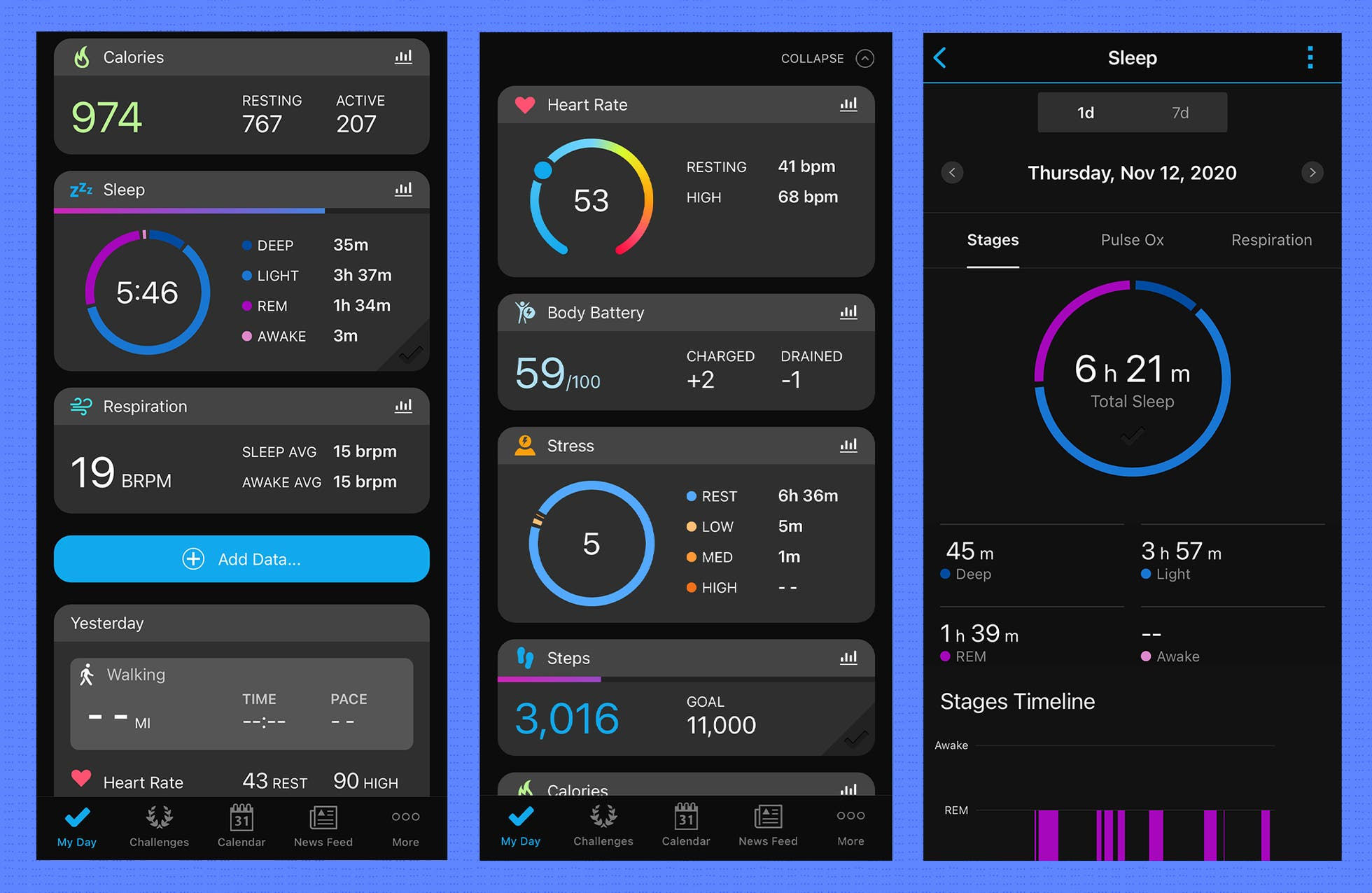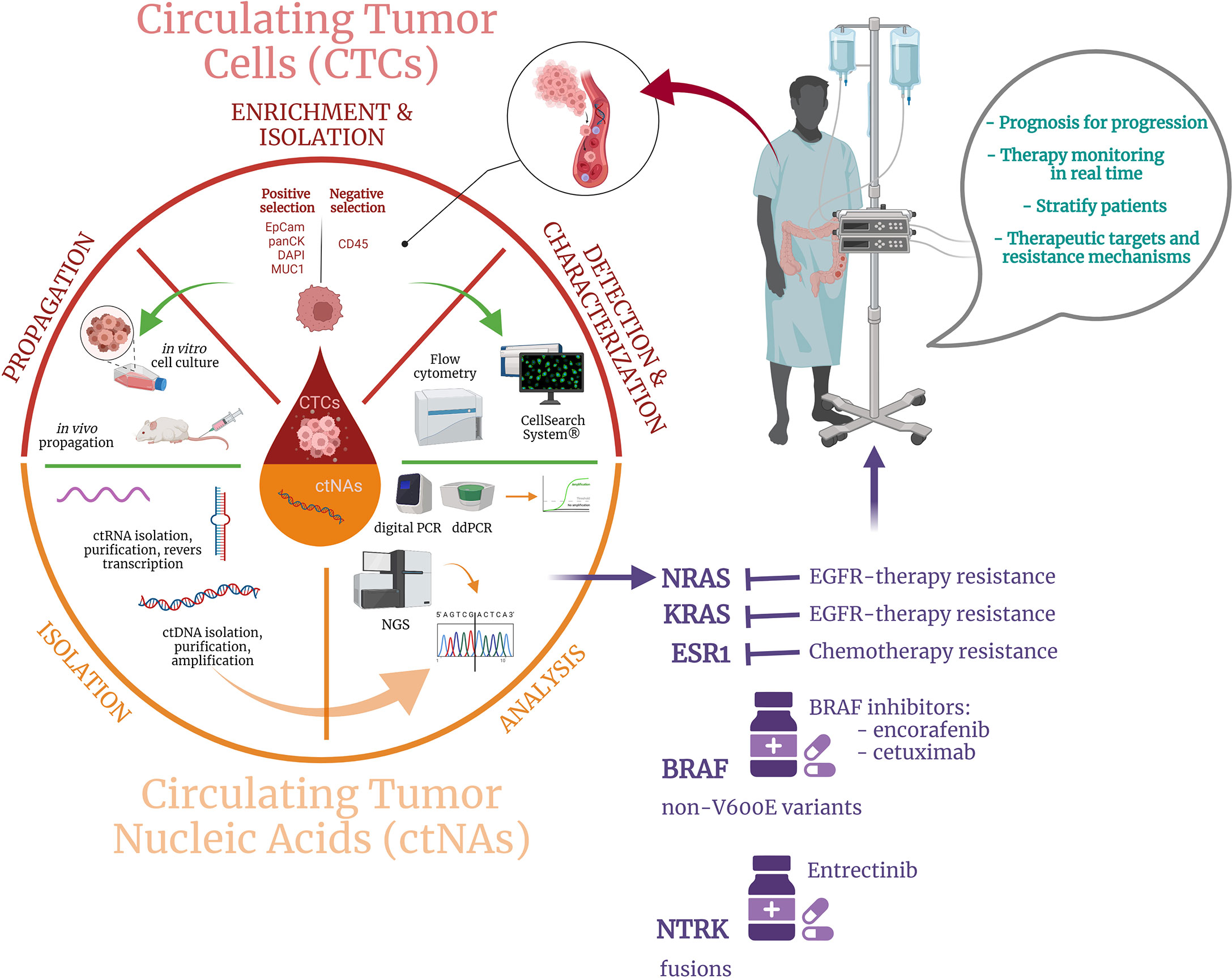TIM-3 therapy for Alzheimer’s represents a groundbreaking approach that harnesses immune system mechanisms previously used in cancer treatment to combat one of the most devastating neurodegenerative diseases. Recent research has revealed the potential of TIM-3, a checkpoint molecule, to release microglia—critical immune cells in the brain—thereby enhancing their ability to clear amyloid plaques that contribute to Alzheimer’s degeneration. By inhibiting TIM-3, scientists have observed significant cognitive function improvement in mice, suggesting a promising avenue for Alzheimer’s disease treatment that could change the landscape of how we understand and manage this condition. This novel approach not only targets the underlying biology of Alzheimer’s but also provides insights into the role of microglia function in maintaining cognitive health. With continued research, TIM-3 therapy could pave the way for groundbreaking advancements in combating Alzheimer’s disease and improving patients’ quality of life.
The TIM-3 therapy approach for Alzheimer’s involves a revolutionary strategy that repurposes immune checkpoints previously targeted in oncology for neurological applications. This innovative treatment focuses on enhancing the function of microglial cells, the brain’s immunity guardians, by blocking the inhibitory effects of the TIM-3 molecule. Through this process, researchers aim to promote the clearance of harmful protein aggregates associated with cognitive decline in Alzheimer’s patients. The implications of this research extend beyond traditional Alzheimer’s disease treatments, suggesting a paradigm shift in how we address neurodegenerative disorders systematically, potentially improving overall brain health and cognitive longevity. Exploring this immune system therapy may unlock new pathways for intervention in a disease that affects millions globally.
Understanding TIM-3 Therapy for Alzheimer’s
TIM-3 therapy represents a groundbreaking approach in the fight against Alzheimer’s disease, leveraging insights from cancer treatment strategies that target the immune system. Recent research has highlighted how deleting the expression of the TIM-3 checkpoint molecule stimulates microglia, the brain’s immune cells, to effectively clear amyloid plaques. This therapy has shown promise in mice models, indicating a potential path towards improving cognitive function in humans suffering from Alzheimer’s. By restoring the ability of microglia to engage with harmful plaques, TIM-3 therapy could embody a vital function within the broader context of Alzheimer’s disease treatment.
Researchers note that a significant percentage of Alzheimer’s cases are late-onset, correlating with the presence of the TIM-3 polymorphism linked to the disease’s progression. The inhibition of microglial activity by TIM-3 contributes to plaque accumulation, hence manipulating this pathway offers a unique avenue for therapeutic intervention. If successful, TIM-3 therapy could redefine our approach to Alzheimer’s treatment, transitioning from symptomatic management towards restorative solutions that actively clear neurotoxic elements and restore memory function.
Frequently Asked Questions
What is TIM-3 therapy for Alzheimer’s disease?
TIM-3 therapy for Alzheimer’s disease involves using antibodies or small molecules that block the TIM-3 checkpoint molecule. This therapy aims to enhance the immune response of brain cells (microglia) to clear amyloid plaques, which are associated with cognitive decline in Alzheimer’s patients.
How does TIM-3 affect microglia function in Alzheimer’s disease?
In Alzheimer’s disease, the TIM-3 molecule inhibits microglia, preventing them from clearing harmful amyloid plaques from the brain. By turning off TIM-3, it is possible to restore the microglia’s ability to mitigate plaque accumulation, which may improve cognitive function.
What role do checkpoint molecules, like TIM-3, play in Alzheimer’s disease treatment?
Checkpoint molecules like TIM-3 regulate the immune response. In Alzheimer’s treatment, targeting these molecules can potentially unleash microglia to remove amyloid plaques, which is critical for improving cognitive functions impaired by Alzheimer’s disease.
Are there any current studies on TIM-3 therapy for Alzheimer’s disease?
Yes, current studies are investigating the effects of TIM-3 deletion in mouse models of Alzheimer’s disease. Researchers are examining whether anti-TIM-3 therapies can slow plaque formation and improve memory function, reflecting promising results from initial trials.
What is the significance of TIM-3 expression in late-onset Alzheimer’s disease?
TIM-3 is significantly expressed in microglia of individuals with late-onset Alzheimer’s disease, serving as a genetic risk factor. Its overexpression contributes to the inability of microglia to clear amyloid plaques, leading to further cognitive decline.
Could TIM-3 therapy improve cognitive function in Alzheimer’s patients?
Preliminary research indicates that TIM-3 therapy may improve cognitive functions by enabling microglia to clear amyloid plaques. If successful in clinical trials, this therapy could offer a new approach to enhance memory and cognitive capabilities in Alzheimer’s patients.
What challenges exist in developing TIM-3 therapy for human use?
Challenges include ensuring that anti-TIM-3 antibodies effectively reach the brain and navigate potential side effects. Existing studies focus on minimizing vascular complications while maximizing the clearance of amyloid plaques associated with Alzheimer’s.
How is TIM-3 related to the immune system and Alzheimer’s disease?
TIM-3 is a checkpoint molecule that regulates the immune response. In Alzheimer’s, it inhibits microglia from attacking harmful plaques. Understanding this relationship helps researchers devise therapeutics that could enhance immune function against Alzheimer’s pathology.
What are the expected outcomes of TIM-3 therapy based on current research?
Researchers expect that TIM-3 therapy could reduce amyloid plaque burden in the brain and lead to significant improvements in cognitive function among Alzheimer’s patients. Positive results in mouse models raise hopes for developing effective human therapies.
How long has the research on TIM-3 therapy taken and what does the future hold?
The research on TIM-3 therapy for Alzheimer’s disease has taken approximately five years. Current and future studies are focused on testing humanized antibodies against TIM-3 in Alzheimer’s disease models, with the hope of advancing towards clinical applications.
| Key Concepts | Details |
|---|---|
| Origin of TIM-3 Therapy | Researchers are exploring TIM-3 therapy for Alzheimer’s disease based on its successful application in cancer treatment. |
| Function of TIM-3 | TIM-3 is an inhibitory molecule that helps regulate the immune response by turning off immune cells, specifically microglia in the brain. |
| Alzheimer’s Association | TIM-3 has been linked to late-onset Alzheimer’s disease and is considered a genetic risk factor. |
| Microglia’s Role | Microglia are brain immune cells responsible for clearing toxic plaques. High levels of TIM-3 inhibit their function. |
| Research Findings | Deleting TIM-3 in mice led to improved plaque clearance and cognitive function, indicating potential therapeutic benefits. |
| Future Directions | Research is ongoing to test human anti-TIM-3 antibodies in Alzheimer’s mouse models. |
Summary
TIM-3 therapy for Alzheimer’s presents a promising avenue for transforming treatment strategies against this devastating disease. Recent research highlights the potential of an immune system checkpoint molecule, TIM-3, originally utilized in cancer treatments, to enhance the function of brain immune cells and improve cognitive abilities in experimental models. By targeting TIM-3, researchers aim to facilitate the clearance of toxic plaques associated with Alzheimer’s, offering hope for more effective therapeutic options in the future.
